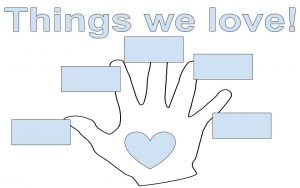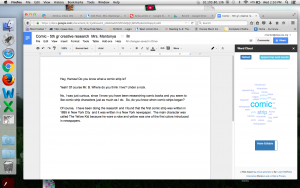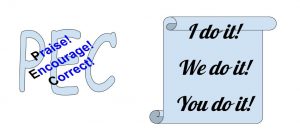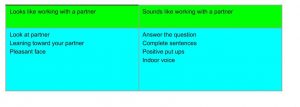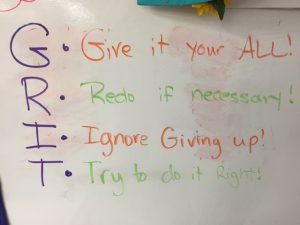*This post somehow got lost in my draft folder.
Equity Liasion meeting, November 14, 2013
LPS Social workers Nora Treat Northeast High School sponsor of the Gay Straight Alliance,
Sue Ditton- Lincoln High School Social Worker sponsor clubs for the high schools.
LGBQ students Students are taking a big risk
Transgender male and female, Bisexual, Metro sexual, Gender fluid, Hyper masculine are words to clarify and define. If you are unsure about a word and it’s meaning, ask.
Build awareness and gain knowledge, starts in high school and filters down to middle and elementary school.
Guest Speaker- Pat Tetreault, Phd UNL LBGTQA Resource Center
Named a resource—– It’s Elementary, a DVD, talks about LGB at the elementary level and it has a curriculum guide.
What is Social Justice Education? As it compares to diversity and multicultural education. We do not track LGBT youth, like nationality, sex, and language, Part of non discrimination, not part of graduation rates. We really do not know true numbers, data on LGBT youth and adults. It is a hidden minority, that is not tracked and not talked or included in the equity conversation, but needs to be.
What is inclusive environment? “If you do not intentionally, deliberately and proactively include, you are will unintentionally exclude- Joe Gerstandt
LGBTQA includes multiple and intersecting identities. Some are visible some are not visible. We have multiple aspects to our personalities.
Transgender people do not feel as safe as bisexual, lesbians or gay people. Generally people/ students feel the safest at school, next at home or with family and rarely do they feel safe in work places or public.
Ally- Safe Space 4 Stages of being an Ally
Awareness
Knowledge/ Education
Skills Development
Action
Pink Triangle is a symbol to remember the persecution of the gay men during World War II and a hope for the future.
Here are links to helpful and informative websites on LGBT issues and topics.
https://genderspectrum.org/
Here is a graphic of The Genderbread Person v2.0, http://itspronouncedmetrosexual.com/2012/03/the-genderbread-person-v2-0/ that breaks down gender identity, expression, attraction and sex.
from the website http://itspronouncedmetrosexual.com has tons of resources for education and social justice.
Cisgender – refer to people whose gender and behavior are consistent. A male who acts like a male, a female who acts like a female.
Queer- gaining acceptance as an OK word
Questioning- people are exploring who they are by
Asexual, aromantic.
Heteroqueer
Language that build bridges not barriers. If you are unsure of terminology, ask.
Gay and lesbian are better words than homosexual. Transgender is a better term than transgendered.
Bystander intervention- What is leadership? Do you respond? Direct and indirect approaches.
http://www.ted.com/talks/raghava_kk_shake_up_your_story.html
– Raghava KK teach children multiple perspectives so they can be empathetic.
Guest Speaker- Ellen James- PFLAG Center Regional Center- a variance of the human condition- transgender orientation or gender identity attraction exceeds sexuality.
People have not been “gayed”, “straightened” or “transgendered”
She shared her child’s story. It was very touching and emotional, but also highlighted how teachers can help students.
Famous Gay people in History
Alexander the great, Socrates, Lord Byron, Tennessee Williams, Michelangelo, Leonardo Da Vinci, Willa Cather, Cole Porter, Raymond Burr, Aristotle, Julius Caesar
Having pink and blue was a marketing decision to help make more money by selling boy and girl stuff. Used to be based on eye color.
If you would like more information or have other questions I have more information. There are support groups in Lincoln

